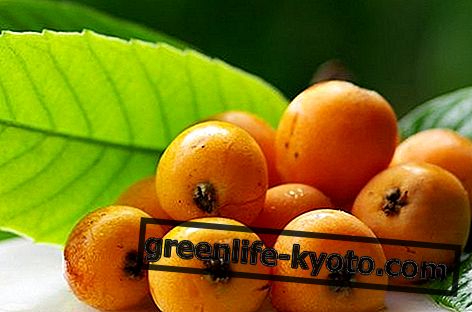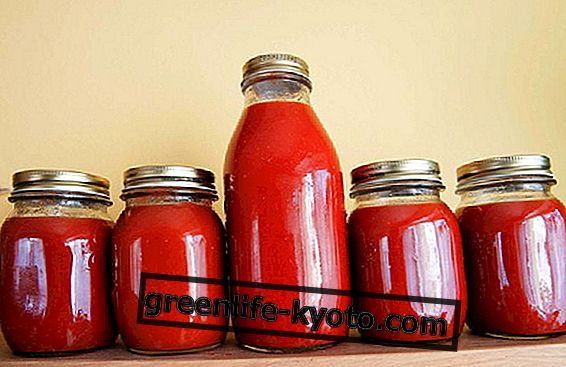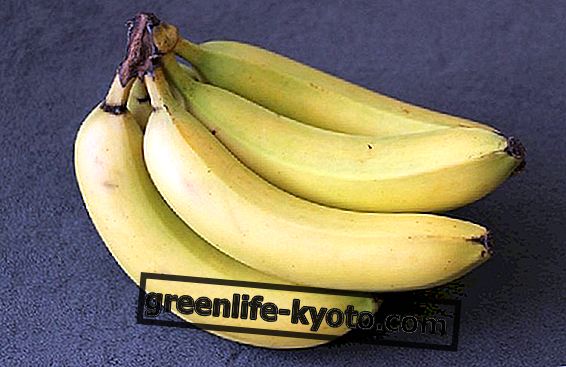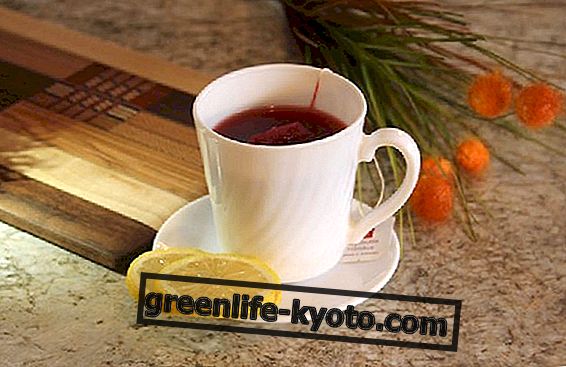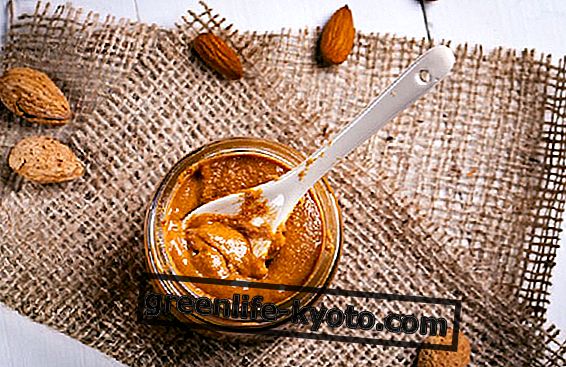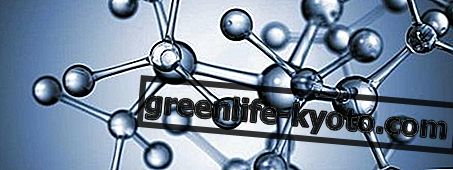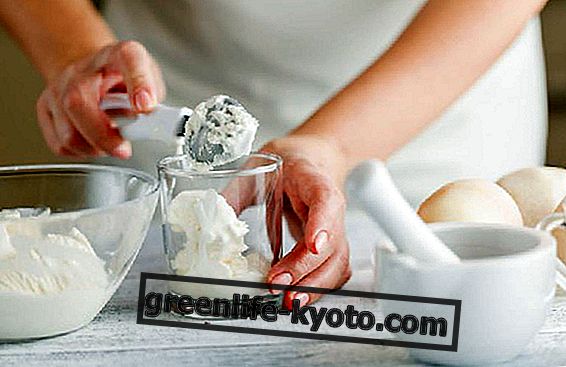
Parsley is a traditional plant of the Mediterranean area that has spread in Asia and then in the rest of the world.
In Italy parsley is one of the most cultivated seedlings in the vegetable gardens and it is so in use that pots are even grown on window sills to have fresh parsley in the kitchen for use in recipes.
There are different types of parsley the most common are the parsley with curly leaves called Petroselinum crispum and the common parsley with small leaves, of dark green color that is botanically known as Petroselinum hortense .
Both are very aromatic and belong to the Apiaceae Ombrellifere family.
The use of parsley
Of the parsley are used mainly its leaves both fresh and dried but also the root and the seeds can be in use both for cooking recipes and for natural remedies.
The most common use of parsley is the preparation of infusions and decoctions to drink during the day as an aid to our health.
In fact, the parsley improves the function of the urinary tract thanks to a valuable natural diuretic property that manages to free the body from any excess liquids and from salts or other unwanted substances.
In case of problems with urinary tract infections but also against bronchitis , parsley is indicated as a natural remedy .
Finally, parsley is used in cases of allergies and asthma but also as a regulator of blood pressure and in cases of swelling in the legs, ankles, feet and hands thanks to an action to regulate body fluids and to control any edemas present.
Parsley herbal tea
Parsley herbal tea is used to calm muscle spasms, rebalance the menstrual flow and improve digestion by releasing intestinal gases thanks to an excellent carminative action.
Parsley may be prepared by infusion or decoction of leaves, root or seeds, whether fresh or dried.
Decoction of parsley
The parsley decoction is prepared using the root of the plant .
To obtain an effective extraction of the beneficial active ingredients of parsley we must boil the parsley roots and keep them in decoction for some time.
Ingredients
> 6 g of dried parsley root;
> 150 ml of water.
Method
In a saucepan we put 150 ml of water and 6 grams of dried parsley root, light the fire and bring to a boil.
The water should continue to boil for at least 10 minutes and then we can turn off the heat, leaving the parsley in the water for another 10 minutes.
Once this time has elapsed we can filter the decoction and sweeten it to your liking, choosing between natural sweeteners like honey, agave, maple syrup, molasses, cereal malt or fructose.
This decoction preparation is indicated in particular to help diuresis, reduce abdominal swelling and regulate body water retention .
It is also an excellent purifier and supports the renal as well as the digestive system.
In ancient times, even the decoction of parsley was used to combat scurvy problems.
Parsley infusion
Another preparation of parsley is starting from the use of dried leaves and in this case the extraction method is the infusion that requires less heat and less contact time .
Ingredients
> 5 g of dried parsley leaves;
> 200 ml of water.
Method
The parsley infusion is prepared by boiling 200 ml of water and then pouring it into a container containing the 5 grams of parsley leaves.
We will leave it to infuse for at least 8 minutes and then we will be able to filter the herbal tea, drinking it sweetened to taste.
Warnings
The use of these parsley teas is safe if the methods of use are respected but in some specific cases parsley is not recommended.
In general the use of parsley-based remedies should be taken in moderation because at high doses parsley can give poisoning being a medicinal plant rich in active ingredients and essential oils.
In particular , pregnancy is not recommended for women .
Furthermore, for people who have problems with their kidneys, the use of parsley should be recommended by an expert in the field because the strong influence of parsley on this apparatus may be excessive in some subjects.
